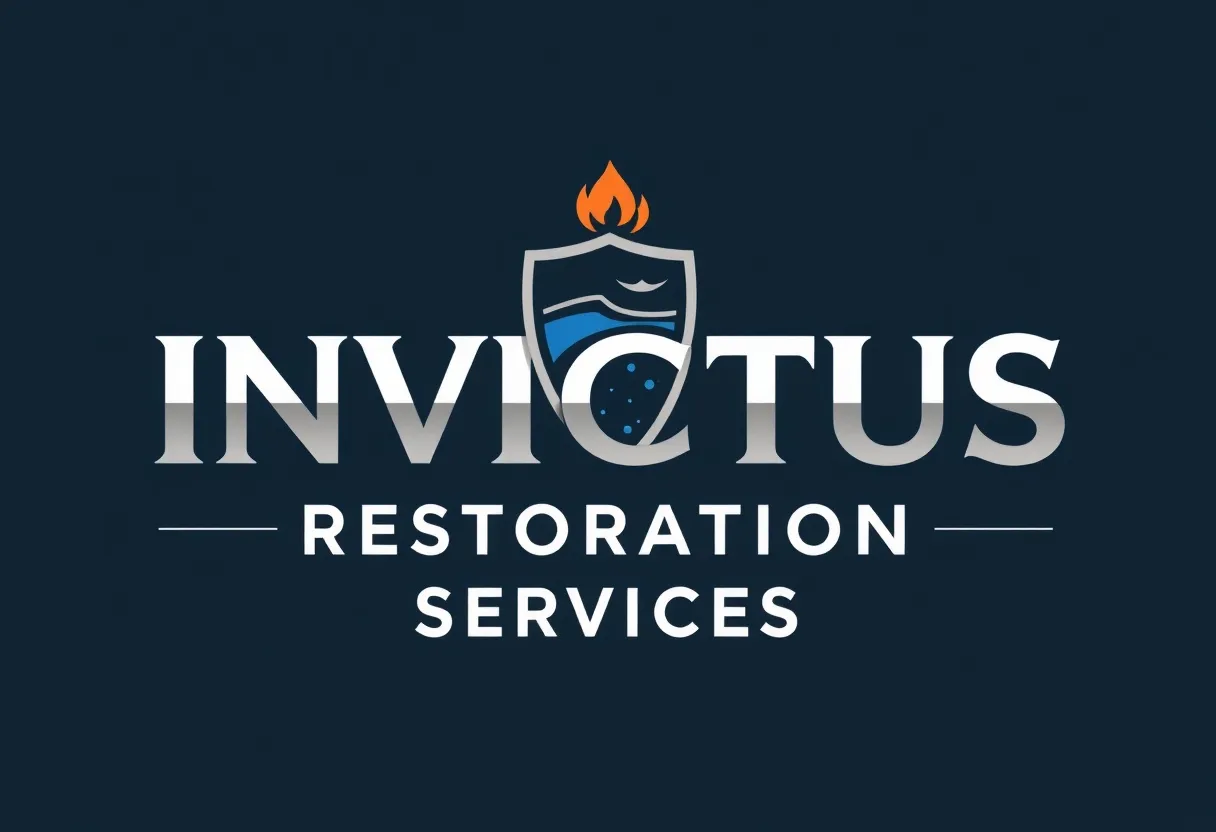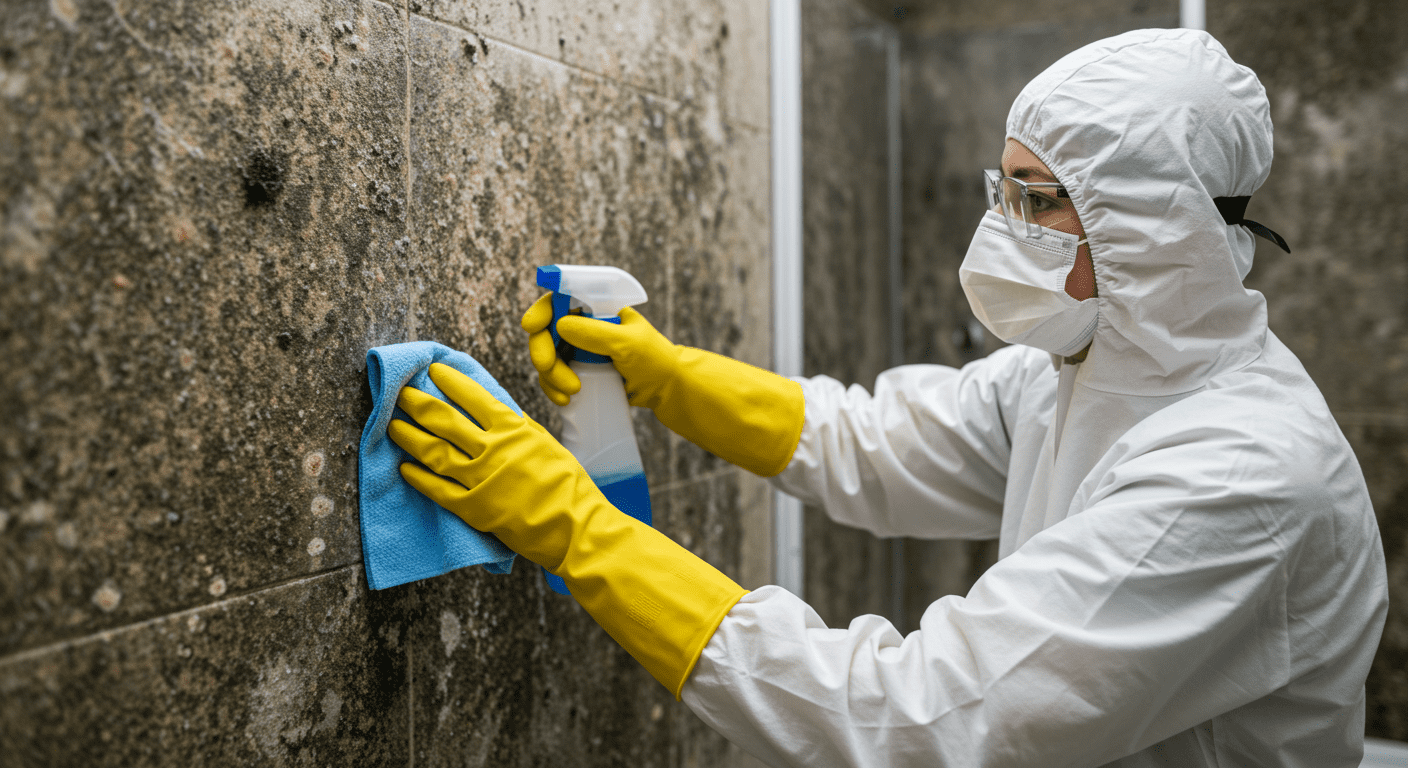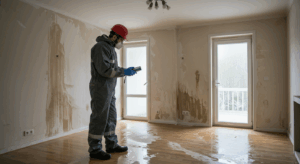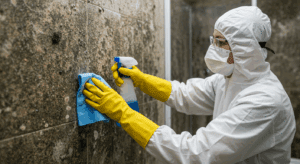Mold is a common household issue that can pose significant health risks and damage your property if left unchecked. Whether you’ve spotted a small patch of mold or suspect a hidden infestation, knowing how to address the problem effectively is crucial. This guide will walk you through understanding mold, identifying its presence, cleaning it up, and preventing future growth, ensuring a safe and healthy living environment.
Understanding Mold and Its Health Risks
Overview of Mold Types and Growth Conditions
Mold is a type of fungus that thrives in damp, humid environments. Common types include black mold, green mold, and white mold, each with unique characteristics. Mold spores are microscopic and can spread through the air, settling on surfaces where moisture is present. Bathrooms, basements, and kitchens are frequent hotspots for mold growth due to their high humidity levels.
Common Health Issues Caused by Mold Exposure
Exposure to mold can lead to various health problems, particularly for individuals with allergies, asthma, or compromised immune systems. Symptoms may include respiratory issues, skin irritation, and nasal congestion. Prolonged exposure to mold, especially toxic varieties like black mold, can result in severe health complications. Understanding these risks underscores the importance of addressing mold problems promptly.
Identifying Mold in Your Home
Signs of Mold Presence: Visual and Olfactory Indicators
Mold often reveals itself through visible patches of discoloration on walls, ceilings, or floors. These patches can range in color from black and green to white or yellow. Additionally, a musty odor is a strong indicator of mold presence, even if it’s not immediately visible. Pay attention to any persistent smells, especially in areas prone to moisture.
Areas Prone to Mold Growth: Where to Look
Certain areas in your home are more susceptible to mold growth. Bathrooms, with their frequent exposure to water, are common culprits. Basements and crawl spaces, often dark and damp, are also at risk. Inspect areas around windows, pipes, and roofs for signs of leaks or condensation, as these can create ideal conditions for mold to thrive.
Steps for Effective Mold Cleanup
DIY Cleanup for Small Areas: Safety Precautions and Techniques
For small mold infestations, DIY cleanup can be a practical solution. Start by wearing protective gear, such as gloves, goggles, and a mask, to avoid direct exposure. Use a mixture of water and detergent to scrub the affected area, ensuring you remove all visible mold. Avoid using bleach on porous surfaces, as it may not penetrate deeply enough to kill the mold.

When to Call Professionals: Identifying Larger Infestations
If the mold covers an area larger than 10 square feet or is located in hard-to-reach places, it’s best to call in professionals. They have the expertise and equipment to handle extensive infestations safely and effectively. Professional services can also help identify the root cause of the problem, ensuring long-term solutions. Learn more about expert mold inspection services to safeguard your home.
Preventing Mold Growth in Your Home
Moisture Control: Tips for Maintaining Low Humidity
Controlling moisture is the key to preventing mold growth. Use dehumidifiers to maintain indoor humidity levels below 60%. Fix leaks promptly and ensure proper drainage around your home’s foundation. Regularly inspect and clean gutters to prevent water buildup. For more insights, check out understanding moisture and mold.
Best Practices for Ventilation and Maintenance
Proper ventilation is essential in areas like bathrooms and kitchens. Use exhaust fans to reduce humidity and improve airflow. Open windows periodically to allow fresh air to circulate. Regular maintenance, such as cleaning air filters and inspecting HVAC systems, can also help prevent mold growth. Implementing these practices creates a healthier living environment and reduces the risk of mold-related issues.
Addressing mold in your home requires a proactive approach, from identifying its presence to implementing effective cleanup and prevention strategies. By following this comprehensive guide, you can protect your home and family from the harmful effects of mold. For professional assistance, consider expert mold control services to ensure a thorough and lasting solution.




